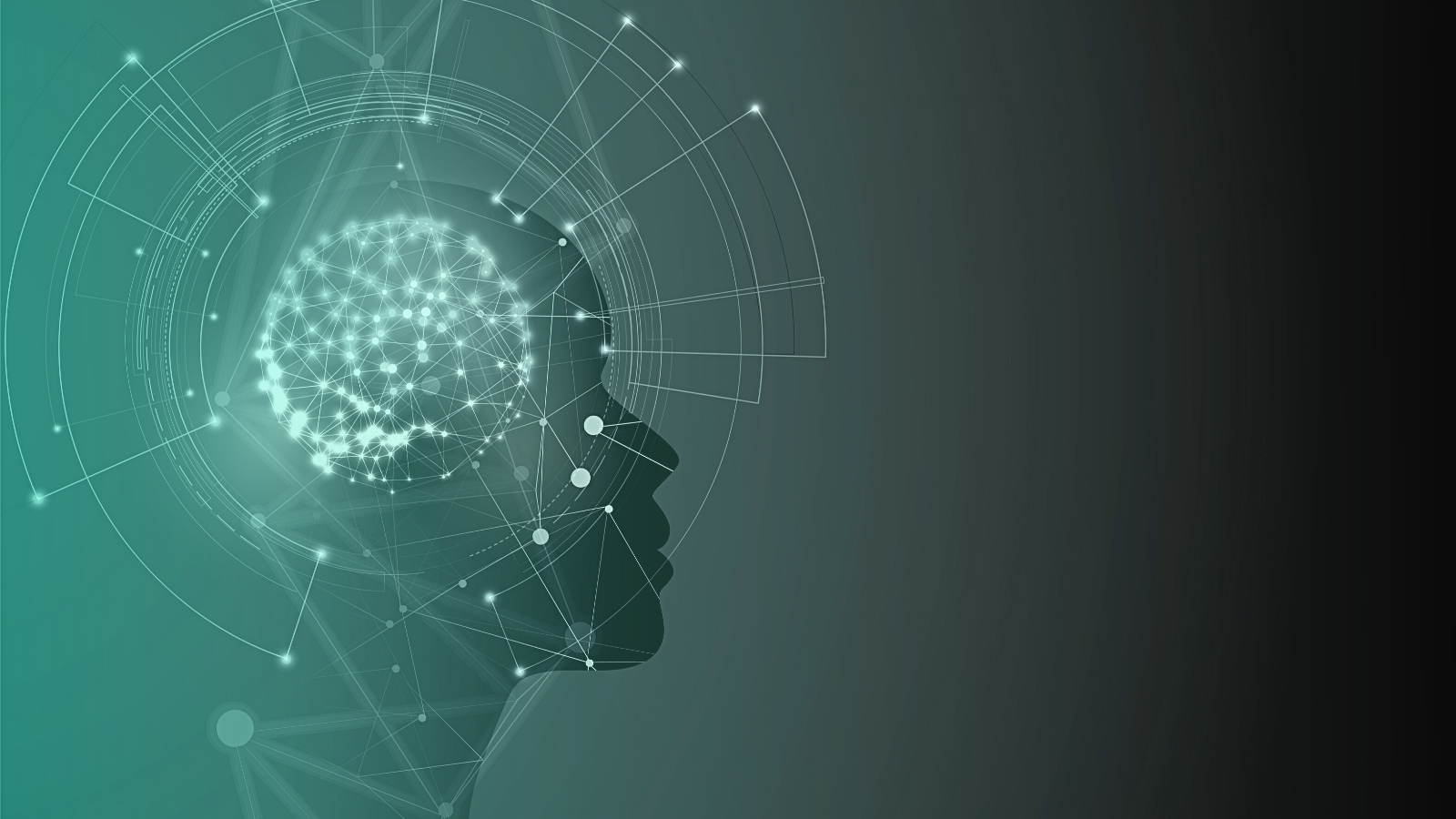Cybersecurity Isn’t Enough: You Need A Human Intelligence Team

Cybersecurity threats are growing in number and sophistication every year. Since 2017, the industry has seen a year-over-year increase of 27%, with hundreds of millions of attacks occurring every day in 2020.
As we saw with the SolarWinds attack and the recent attack on US fuel pipeline operator Colonial Pipeline, even the best cyber defenses implemented by multi-million dollar companies are not impenetrable.
A cyberattack on a mega-corporation is like a massive feast for cybercriminals, and their bounty will feed them for years to come. However, not all bad actors are interested in such a smorgasbord; many prefer snack-sized attacks which they launch on unprepared SMBs.
To avoid becoming a statistic, SMBs need to implement a two-pronged approach, composed of reactive and proactive strategies, to fortify their cybersecurity.
Cybersecurity Automation Solutions
Let’s start with the reactive solution since that’s most likely what you are already familiar with. A cybersecurity automation tool is a no-brainer these days. Cyber solutions defend systems and networks because of their ability to analyze millions of data points and identify known threats in a fraction of the time it would take a human.
The best solutions are powered by artificial intelligence and machine learning algorithms which enable them to detect possible system intrusions in real-time. Many threats can be stopped dead in their digital tracks. Still, as criminals become smarter and deploy more advanced and deceptive attacks, some get through even the most formidable defenses. This comes down to the fact that solutions are reactive and are only as smart as the data that is fed into them.
Each new attack that worms its way into a system can do so because it is, at the least, just slightly different from a previous attack. Tech solutions can’t identify them because the solution itself hasn’t experienced that new attack; therefore, it doesn’t have the intelligence to be reactive and defend against it.

Human Intelligence: The Secret Sauce
Here’s the cold hard truth: technology is incredible. The benefits are magnanimous, but technology alone isn’t a strong enough solution – just ask any business owner who suffered through a cyberattack. Technology is only half of the recipe.
Yet, many people are so enamored with technology that they forget that the tech only works because humans taught it how to work. When it comes to cybersecurity and threat detection, intelligence teams provide a proactive approach that technology can’t rival.
Threat intelligence teams analyze past attacks, industry and post-mortem reports, and ongoing chatter to understand the patterns and behaviors of bad actors. All of that information tends to be siloed across different sources, making it challenging to piece together. Cyber threat intelligence agents are the ones who take all that scattered data and connect the dots to form a complete picture.
A human analyst does this by first evaluating the data. They filter out irrelevant information – something can only be done by a skilled person – and begin to construct a story of how a past attack happened. Analysts can shed light on the unknown and deduce the motives and decision-making process of bad actors. By uncovering the how and why of an attack, combined with the collected IOCs (indicators of compromise), analysts can provide proactive information to other security stakeholders. Teams will jump into action and update cybersecurity tools to mitigate future similar attacks or patch identified vulnerabilities.
Putting the Pieces Together
Protecting against cyberattacks is serious business and requires multiple resources working in unison. Cybersecurity automation solutions do an excellent job of detecting intrusions that use known patterns and tactics. These tools can trigger a red alert and defend against the same attack over and over. That’s critical and holds a lot of value.
However, a holistic approach to cybersecurity requires a proactive element as well – one that can help protect your business before a threat even becomes a reality. That kind of preemptive approach can only be facilitated by threat intelligence analysts. Cyberattacks are programmed and launched by humans, and it is only another human that can understand the psyche and motivations of the attacker and extrapolate that information to predict (and prevent) future attacks.

